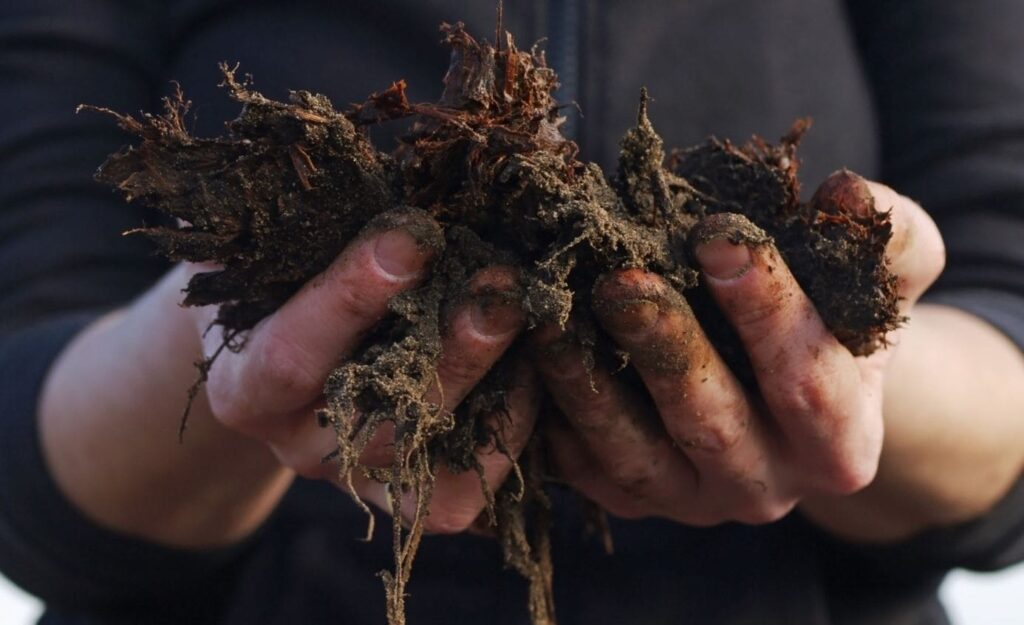Introduction
Analysis of soil chemistry is an approach that fosters the identification of the physical and chemical composition of the soil, such as pH levels and nutrients, allowing for regenerative agricultural practices. The practice covers nutrient availability, type, and fertility, which are essential in making agricultural decisions. The examination helps agriculturalists leverage and maintain soil, a natural resource, to practice sustainable agriculture that conserves the environment and soil microbes. Analysis of soil chemistry promotes insight into soil’s pH levels and composition, ensuring the practice of regenerative agriculture, improved decision-making, and sustainable farming, which promotes improved crop productivity and environmental conservation.
Regenerative Agriculture
Analysis of soil chemistry provides insight into pH levels and nutrient composition for the application of regenerative agriculture. For example, the practice facilitates the testing of the soil pH and helps to determine prevalent and inadequate nutrients, enabling farmers to apply regenerative agriculture that improves land health to achieve the required level of mineral salts for crop thriving and improved yields (Khangura et al. 2023, p. 1). In this case, an examination of soil chemistry facilitates the identification and testing of the nutrient composition of the soil, such as potassium, nitrogen, and phosphorus, which impacts agriculture by controlling the pH levels and microbial activities for crop growth. Therefore, soil chemistry analysis provides a foundation for agriculturists to develop effective soil management strategies and apply regenerative agriculture, optimizing the fields’ ability to yield crops.

Agricultural Decision-Making
Examining soil chemistry enables agriculturalists to make crucial farming decisions and choose the most suitable plants. For example, the practice facilitates the determination of the chemical and physical aspects and other properties of the soil, including the number of salts, helping to assess its suitability for growth and compatibility with specific crops (Disale et al. 2020, p. 1). Such examination minimizes the risk of runoff for nutrients and other soil compositions, enabling farmers to make an informed decision that reduces the impact of detrimental agricultural activities on the environment. Thus, soil chemistry examination is crucial in nutrient management, allowing individuals to make effective agricultural decisions to prevent harmful agricultural effects.
Sustainable Farming
Soil chemistry analysis ensures sustainability in agricultural practices by preserving soil microorganisms that improve plant growth. For example, farmers can adopt less destructive techniques for the environment and reduce the use of agrochemicals by understanding the characteristics of the soils, which helps to safeguard the useful microorganisms essential for nutrient availability for crops (Tuğrul 2019, p. 2). The use of precision farming methods includes targeted agriculture and the application of fertilizer and other soil additives sparingly, which improves the optimization of resources. As such, the examination of soil chemistry allows the availability of information that fosters sustainable practices in agriculture, such as minimizing environmental pollution and wastage of resources.
Conclusion
Analysis of soil chemistry is a useful process that improves agricultural practice by providing insight into the soil’s nutrient compositions and pH levels, allowing for regenerative agriculture, effective decision-making, and sustainability. The inquiry entails understating the soil’s chemical and physical properties, which informs regenerative agricultural practices. The practice also gives leeway to improve crop yield by applying analytical data that promotes informed agricultural decisions. An examination of soil chemistry also promotes sustainability in farming processes, enabling the reduction of agrochemicals and the preservation of natural resources.
Reference List
Disale, AS, Chavan, DP, Alameen, AS & Undre, PB 2020, ‘Soil characterization using physical and chemical properties’, Journal of Physics: Conference Series, vol. 1644, no. 1, pp. 1–8, viewed 10 July 2023, DOI: 10.1088/1742-6596/1644/1/012026.
Khangura, R, Ferris, D, Wagg, C & Bowyer, J 2023, ‘Regenerative agriculture — A literature review on the practices and mechanisms used to improve soil health’, Sustainability, vol. 15, no. 3, pp. 1–41, viewed 14 July 10, 2023, DOI: 10.3390/su15032338.
Tuğrul, KM 2019, ‘Soil management in sustainable agriculture’, Sustainable Crop Production, pp. 1–15, viewed 10 July 2023, DOI: 10.5772/intechopen.88319.


